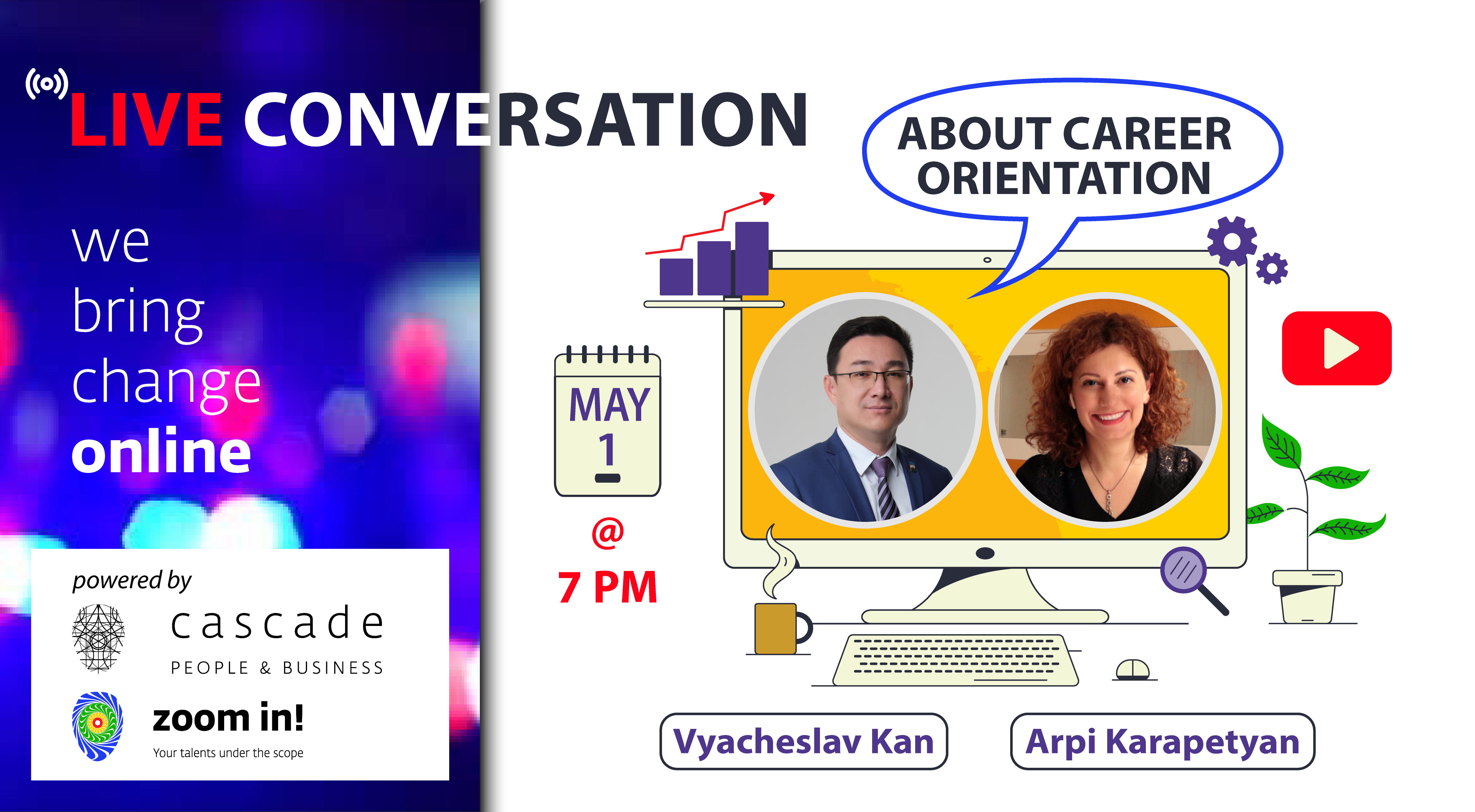Mastering Conversation Orientation: The Key To Building Meaningful Connections
Have you ever wondered why some people can light up a room with their conversations while others struggle to keep the interaction going? It all comes down to conversation orientation. This powerful concept is the secret weapon behind successful communicators, and it can transform the way you connect with others. Whether you're networking, dating, or simply chatting with friends, understanding conversation orientation can make all the difference. So, buckle up, because we're diving deep into this game-changing skill that everyone should master.
Think about it—how often do you find yourself in a conversation where you're not really sure what to say next? Or worse, you feel like the other person isn't really listening to you? That's where conversation orientation steps in. It's not just about talking; it's about creating a flow, understanding the other person's perspective, and building genuine connections. In today's fast-paced world, this skill is more important than ever.
But here's the thing—conversation orientation isn't something you're born with. It's a skill that can be developed and refined over time. And trust me, once you get the hang of it, you'll notice a significant improvement in all areas of your life. From personal relationships to professional settings, mastering conversation orientation can open doors you never thought possible. So, let's explore what it truly means and how you can harness its power.
- Andrew Stewart Wife The Inside Story You Need To Know
- Where Is Diddys Home Unveiling The Secrets Of His Lavish Lifestyle
What Exactly is Conversation Orientation?
Conversation orientation refers to the way we approach and engage in conversations. It's about being present, actively listening, and tailoring your communication style to fit the context and the person you're speaking with. Think of it as a compass that guides your interactions, ensuring they're meaningful and productive.
At its core, conversation orientation is about empathy and understanding. It's not just about what you say, but how you say it and whether you're truly hearing the other person. This skill involves reading social cues, adapting to different communication styles, and maintaining a balance between assertiveness and openness. And let's be honest, in a world where digital communication often overshadows face-to-face interactions, this skill is more crucial than ever.
Why is Conversation Orientation Important?
In today's hyper-connected world, where we're constantly bombarded with information, the ability to have meaningful conversations stands out. Here's why conversation orientation matters:
- Coloring Page Football The Ultimate Guide To Fun And Creativity
- Star Monsters The Ultimate Guide To Celestial Wonders And Space Oddities
- It fosters deeper connections, whether in personal or professional relationships.
- It enhances communication skills, making you a more effective speaker and listener.
- It builds trust and rapport, which are essential for collaboration and teamwork.
- It improves conflict resolution by promoting understanding and empathy.
Whether you're trying to close a business deal or simply enjoy a heart-to-heart with a friend, conversation orientation can make or break the experience. It's the difference between a superficial chat and a conversation that leaves a lasting impact.
Developing Your Conversation Orientation Skills
Now that we know what conversation orientation is and why it's important, let's talk about how you can develop this skill. It's not as daunting as it sounds, and with a little practice, you'll be conversing like a pro in no time.
1. Active Listening: The Foundation of Great Conversations
Active listening is the cornerstone of conversation orientation. It means fully engaging with the speaker, paying attention to their words, tone, and body language. Here's how you can improve your active listening skills:
- Give the speaker your undivided attention—put away your phone and focus on the conversation.
- Use verbal and non-verbal cues to show you're listening, like nodding or saying "I see."
- Paraphrase what the speaker said to ensure you understand their point.
Remember, active listening isn't just about hearing the words; it's about understanding the emotions and intentions behind them. This level of engagement can transform any conversation into a meaningful exchange.
2. Adapting to Different Communication Styles
Not everyone communicates the same way, and that's perfectly okay. Part of conversation orientation is recognizing and adapting to different communication styles. Some people are direct and to the point, while others prefer a more casual, storytelling approach. Here's how you can adjust:
- Observe the other person's communication style early in the conversation.
- Match their pace and tone to create a harmonious interaction.
- Be flexible and willing to shift your approach if needed.
By adapting to the other person's style, you create a comfortable environment where both parties feel heard and understood.
Common Barriers to Effective Conversation Orientation
Even the best communicators face challenges when it comes to conversation orientation. Understanding these barriers can help you overcome them and improve your skills. Here are some common obstacles:
1. Lack of Confidence
Feeling insecure about your ability to hold a conversation can hinder your conversation orientation. The good news is that confidence grows with practice. Start by engaging in small, low-pressure conversations and gradually work your way up to more complex discussions.
2. Distractions
In today's digital age, distractions are everywhere. Whether it's your phone buzzing or your mind wandering, distractions can derail even the best conversations. To combat this, make a conscious effort to stay present and focused during interactions.
3. Misunderstandings
Miscommunication is a common barrier to effective conversation orientation. To avoid misunderstandings, clarify any unclear points and don't hesitate to ask questions. It's better to seek clarification than to make assumptions that could lead to confusion.
Practical Tips for Enhancing Your Conversation Orientation
Now that we've covered the basics and common barriers, let's dive into some practical tips for enhancing your conversation orientation:
1. Ask Open-Ended Questions
Open-ended questions encourage the other person to share more and keep the conversation flowing. Instead of asking yes-or-no questions, try asking questions that start with "how," "what," or "why." For example, instead of asking "Did you enjoy the event?" try "What did you enjoy most about the event?"
2. Use Positive Body Language
Your body language can speak volumes, even when you're not saying a word. Maintain eye contact, smile, and use gestures to show you're engaged. Positive body language can make the other person feel more comfortable and open to sharing.
3. Practice Empathy
Empathy is the ability to understand and share the feelings of another person. By putting yourself in the other person's shoes, you can respond in a way that resonates with them. This not only strengthens your conversation orientation but also deepens your connection with others.
Conversation Orientation in Professional Settings
Conversation orientation isn't just for personal interactions; it's equally important in professional settings. Whether you're in a meeting, giving a presentation, or networking, this skill can elevate your career. Here's how:
1. Building Rapport with Clients
In client-facing roles, building rapport is crucial. By using conversation orientation techniques, you can create a strong connection with clients, making them feel valued and understood. This can lead to long-term partnerships and repeat business.
2. Enhancing Team Collaboration
Effective communication is the backbone of successful teams. By fostering conversation orientation within your team, you promote open dialogue, encourage idea-sharing, and reduce misunderstandings. This leads to a more cohesive and productive work environment.
3. Navigating Difficult Conversations
Not all conversations are pleasant, but conversation orientation can help you navigate difficult discussions with grace. Whether it's addressing a conflict or delivering constructive feedback, this skill ensures the conversation remains productive and respectful.
Case Studies: Real-Life Examples of Conversation Orientation
To truly understand the impact of conversation orientation, let's look at some real-life examples:
1. The Salesperson Who Listened
A salesperson who masters conversation orientation can close deals with ease. By actively listening to the client's needs and adapting their approach, they can provide tailored solutions that meet the client's expectations. This not only results in a successful sale but also builds a loyal customer base.
2. The Manager Who Empathized
In a corporate setting, a manager who practices conversation orientation can inspire and motivate their team. By empathizing with their employees' concerns and fostering open communication, they create a positive work culture that encourages growth and innovation.
3. The Friend Who Truly Listened
On a personal level, conversation orientation can strengthen friendships. A friend who genuinely listens and understands can provide emotional support and build lasting relationships. This level of connection is invaluable in both personal and professional spheres.
Resources for Further Learning
If you're eager to dive deeper into conversation orientation, here are some resources to check out:
- Julian Treasure's TED Talk on the importance of listening.
- How to Win Friends and Influence People by Dale Carnegie.
- Nonviolent Communication by Marshall B. Rosenberg.
These resources offer valuable insights and practical advice for improving your conversation orientation skills.
Conclusion: Take the First Step Today
Conversation orientation is a powerful skill that can transform the way you connect with others. By mastering active listening, adapting to different communication styles, and overcoming common barriers, you can enhance your ability to engage in meaningful conversations. Remember, this skill isn't just about talking; it's about understanding, empathizing, and building genuine connections.
So, what are you waiting for? Start practicing these techniques today and watch as your conversations become more impactful and rewarding. And don't forget to share this article with your friends and colleagues—let's spread the word about the power of conversation orientation! Who knows, you might just inspire someone else to take their communication skills to the next level.
Table of Contents
- What Exactly is Conversation Orientation?
- Why is Conversation Orientation Important?
- Developing Your Conversation Orientation Skills
- Common Barriers to Effective Conversation Orientation
- Practical Tips for Enhancing Your Conversation Orientation
- Conversation Orientation in Professional Settings
- Case Studies: Real-Life Examples of Conversation Orientation
- Resources for Further Learning
- Conclusion: Take the First Step Today



Detail Author:
- Name : Korey Ruecker MD
- Username : morton44
- Email : yschmidt@yahoo.com
- Birthdate : 1980-08-02
- Address : 800 Gorczany Meadow South Bessieview, LA 96965-7120
- Phone : +1 (352) 851-2431
- Company : Armstrong-Hermann
- Job : Irradiated-Fuel Handler
- Bio : Et itaque sed eum asperiores sed et. Aut enim omnis sunt facere. Quis ratione impedit esse deleniti.
Socials
tiktok:
- url : https://tiktok.com/@claudine_dev
- username : claudine_dev
- bio : Consequatur dolor voluptas voluptas aut. Ex alias voluptas et eveniet sequi.
- followers : 6443
- following : 202
twitter:
- url : https://twitter.com/claudine_xx
- username : claudine_xx
- bio : Ut deserunt quae necessitatibus eos et aliquid possimus. Sit labore voluptate officiis inventore blanditiis.
- followers : 2261
- following : 1207
instagram:
- url : https://instagram.com/claudine498
- username : claudine498
- bio : Accusamus cumque nobis pariatur quas voluptas nobis. Aut id vel ea sed ullam consequatur.
- followers : 3260
- following : 2311
linkedin:
- url : https://linkedin.com/in/claudine_crist
- username : claudine_crist
- bio : Sed placeat et nobis animi explicabo temporibus.
- followers : 1673
- following : 1538
facebook:
- url : https://facebook.com/claudine_real
- username : claudine_real
- bio : Qui laborum non dolorum adipisci error dicta libero error.
- followers : 6583
- following : 2702